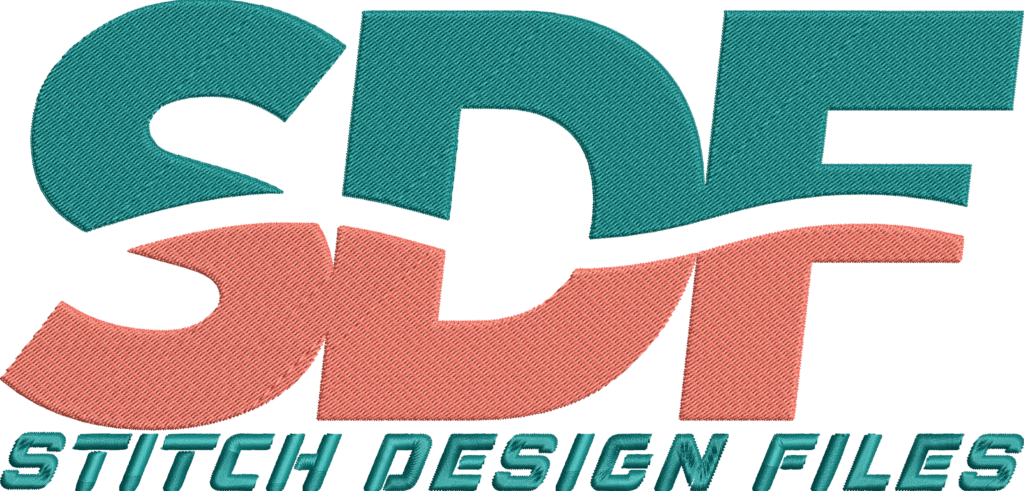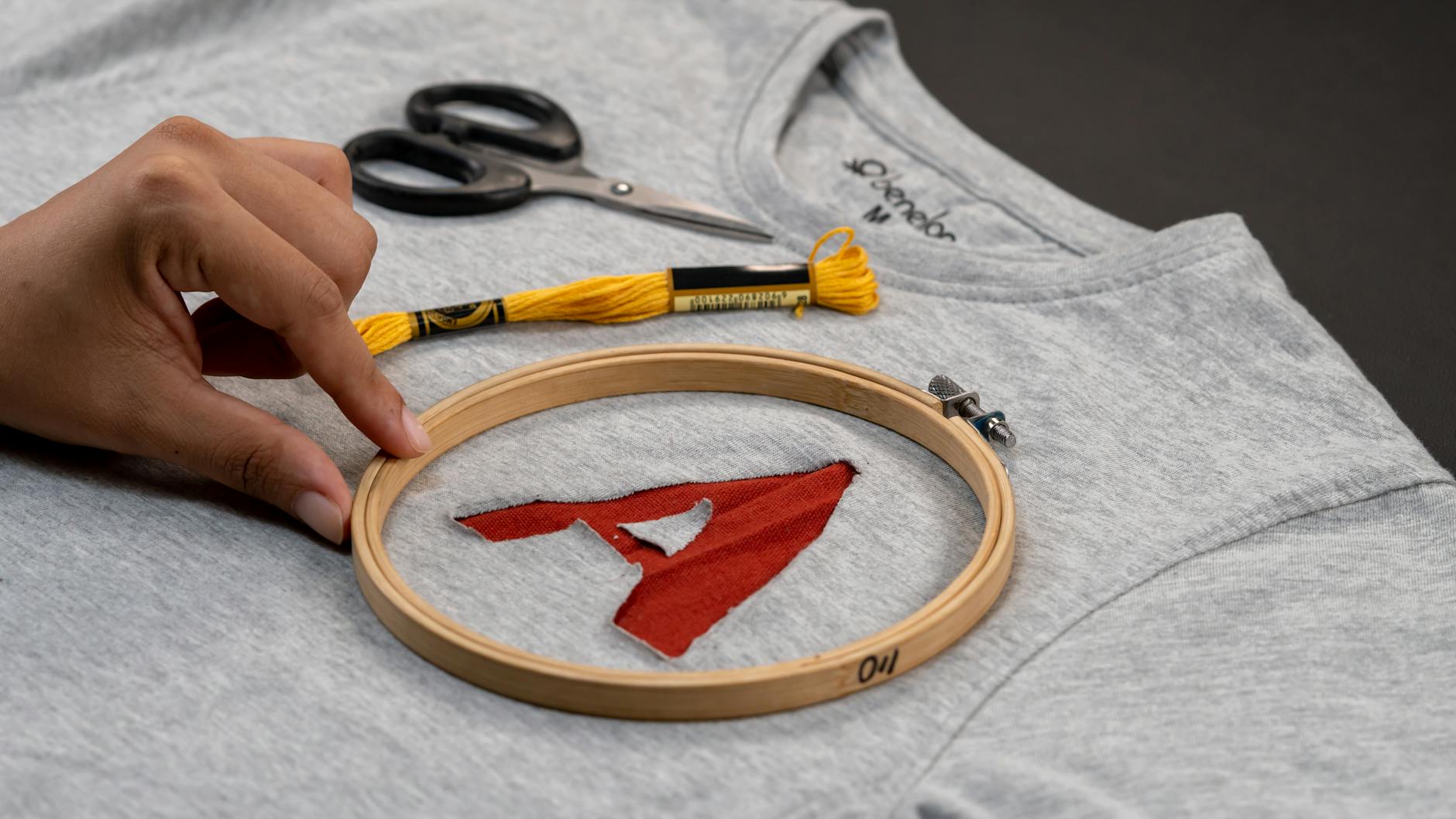No products in the cart.
Embroidery Tips & Guides
How to Use Elsa Embroidery Designs on Your Machine
How to Use Elsa Embroidery Designs on Your Machine
Elsa embroidery designs offer a popular and charming way to personalize textiles with imagery inspired by the beloved Disney character. Machine embroidery enthusiasts and small business crafters alike can incorporate these digital embroidery files into their projects for unique and high-quality results. Understanding how to select, transfer, and stitch Elsa embroidery designs using compatible file formats such as PES and DST is essential for achieving the best outcome with machines like Brother and Cricut.
- Elsa embroidery designs are available in various digital formats compatible with machines like Brother and Cricut.
- Proper file format and machine compatibility ensure a seamless embroidery process.
- Transferring designs requires specific workflows depending on machine model and connectivity options.
- Preparation of materials, thread color selection, and machine settings play key roles in successful stitching.
- Following finishing steps carefully helps produce professional-quality embroidered items.
Introduction to Elsa Embroidery Designs and Their Usefulness
Machine embroidery allows for precise and beautiful decoration of fabrics by stitching complex designs automatically according to digital files. Elsa embroidery designs represent a niche yet highly sought-after category within the machine embroidery community, particularly for projects related to children’s apparel, accessories, and gifts featuring the iconic Frozen character. These designs are useful for hobbyists seeking to create personalized items, as well as for small business owners selling embroidered apparel who want to diversify their offerings and appeal to popular culture trends. The availability of high-quality Elsa embroidery files in multiple formats accommodates various embroidery machines and ensures that users can produce consistent, detailed results with minimal manual intervention.
Definitions and Explanations for Elsa Embroidery Designs
Elsa embroidery designs are digital files containing stitch instructions that guide embroidery machines to produce images and patterns themed around the character Elsa from Disney’s Frozen. These designs are created using specialized software by digitizers who translate images into stitch formats. Common file formats include PES (popular with Brother machines), DST (compatible with many commercial machines), EXP, HUS, JEF, and XXX, among others.
Machine embroidery is an automated stitching process that uses these files to create detailed designs on fabric by controlling needle movements and thread colors. This technique ensures precision and efficiency, especially when replicating complex and colorful designs like Elsa.
Digital embroidery files are essential for machine embroidery—they are computer-generated patterns encoded with every stitch detail. The format must match the embroidery machine’s requirements for correct interpretation and execution.
Practical Use Cases for Elsa Embroidery Designs in Machine Embroidery
Elsa embroidery designs can be used on various fabric items including children’s clothing, baby blankets, backpacks, hats, and decorative home textiles. These designs add a whimsical and recognizable touch to personalized gifts and merchandise. For Cricut users who own machines with embroidery attachment capabilities, these digital files can be combined with cut designs for multi-craft projects.
Small business crafters often incorporate Elsa embroidery designs to meet customer demand for popular media-themed products. The inclusion of these designs can help boost sales and provide an edge in competitive online marketplaces by offering customized creations featuring a beloved character.
Benefits and Limitations of Using Elsa Embroidery Designs
Benefits:
- Instant access to ready-to-stitch designs reduces time spent on manual digitizing.
- Wide availability of formats such as PES format ensures compatibility with popular Brother machines.
- High stitch counts in Elsa designs contribute to detailed, colorful results that attract customers and enhance projects.
- Using professionally digitized files increases the quality and durability of embroidery.
Limitations and Challenges:
- Copyright and licensing restrictions often apply, requiring permission for commercial use of copyrighted Elsa designs.
- File format incompatibility can occur if users do not select correct versions for their specific embroidery machines.
- Complex designs with multiple thread color changes (often 10 to 15 colors for Elsa) demand careful machine preparation and monitoring to avoid thread breaks and stitching errors.
Steps to Use Elsa Embroidery Designs on Your Embroidery Machine
1. Obtaining Elsa Embroidery Design Files
Acquiring high-quality Elsa embroidery designs starts with purchasing or downloading files compatible with your embroidery machine. These files are available from various sources:
- Online marketplaces like Etsy feature independent creators offering Elsa embroidery patterns.
- Commercial embroidery websites such as EmbroideryDesigns.com provide detailed designs with stitch counts and size specifications.
- Official designs for Brother machines can be obtained through sites like iBroidery.com, which ensures format compatibility and licensing.
- Free designs are sometimes available on platforms like Pinterest, suitable for trial or practice purposes.
2. Checking Compatibility and Format
Before transferring, confirm that the Elsa embroidery file format matches your machine’s accepted formats. For example, Brother embroidery machines primarily use PES files, while others might require DST, EXP, or HUS formats. The design’s size and stitch count (commonly around 3 inches wide and 9,000 stitches) should also correspond to your project needs and fabric constraints.
3. Transferring the Design to Your Machine
Transfer the embroidery files via the following common methods:
- Use a USB drive or memory card to move files from computer to machine.
- Connect your embroidery machine directly to a computer with proprietary software for design uploads.
- Utilize Wi-Fi connectivity or cloud-based services if supported, enabling wireless downloads.
4. Preparing Your Machine and Materials
Hoop fabric securely and fasten onto the machine. Prepare threads matching the colors specified in the Elsa design instructions, which often include 10 to 15 shades. Verify needle type and stabilizer are appropriate for the fabric and detailed stitching requirements to prevent damage or distortion during embroidery.
5. Embroidering the Design
Select the Elsa design on your embroidery machine’s interface. Review stitch order and color changes with machine preview features if available. Start stitching while carefully monitoring the machine for thread tension issues or breaks. Follow any special guidelines suggested within the design files, such as layering or appliqué techniques.
6. Finishing Your Elsa Embroidery Project
Once stitching completes, remove the fabric from the hoop cautiously to preserve design integrity. Trim away excess stabilizer at the back of the embroidery. Press the fabric gently using an iron, taking care not to crush or melt any threads and preserving the design’s appearance.
Summary
Using Elsa embroidery designs on your machine involves selecting compatible and high-quality digital embroidery files, confirming format compatibility (such as the PES format for Brother machines), and transferring the design correctly. Proper preparation of fabric, threads, and machine settings is crucial to execute detailed embroidery projects featuring Elsa’s likeness accurately. This process enables hobbyists and small business crafters to produce personalized, popular merchandise effectively.
For those interested in expanding their embroidery design collection beyond character motifs, exploring sport-themed files like the Nike Logo Embroidery Designs offers a high-quality selection optimized for various machines.
Machine embroidery with Elsa designs can enhance creative projects and commercial product offerings alike. Understanding the entire workflow from file acquisition to finishing results in professional, vibrant embroidered pieces featuring one of today’s most popular characters.

